Affiliate links on Android Authority may earn us a commission. Learn more.
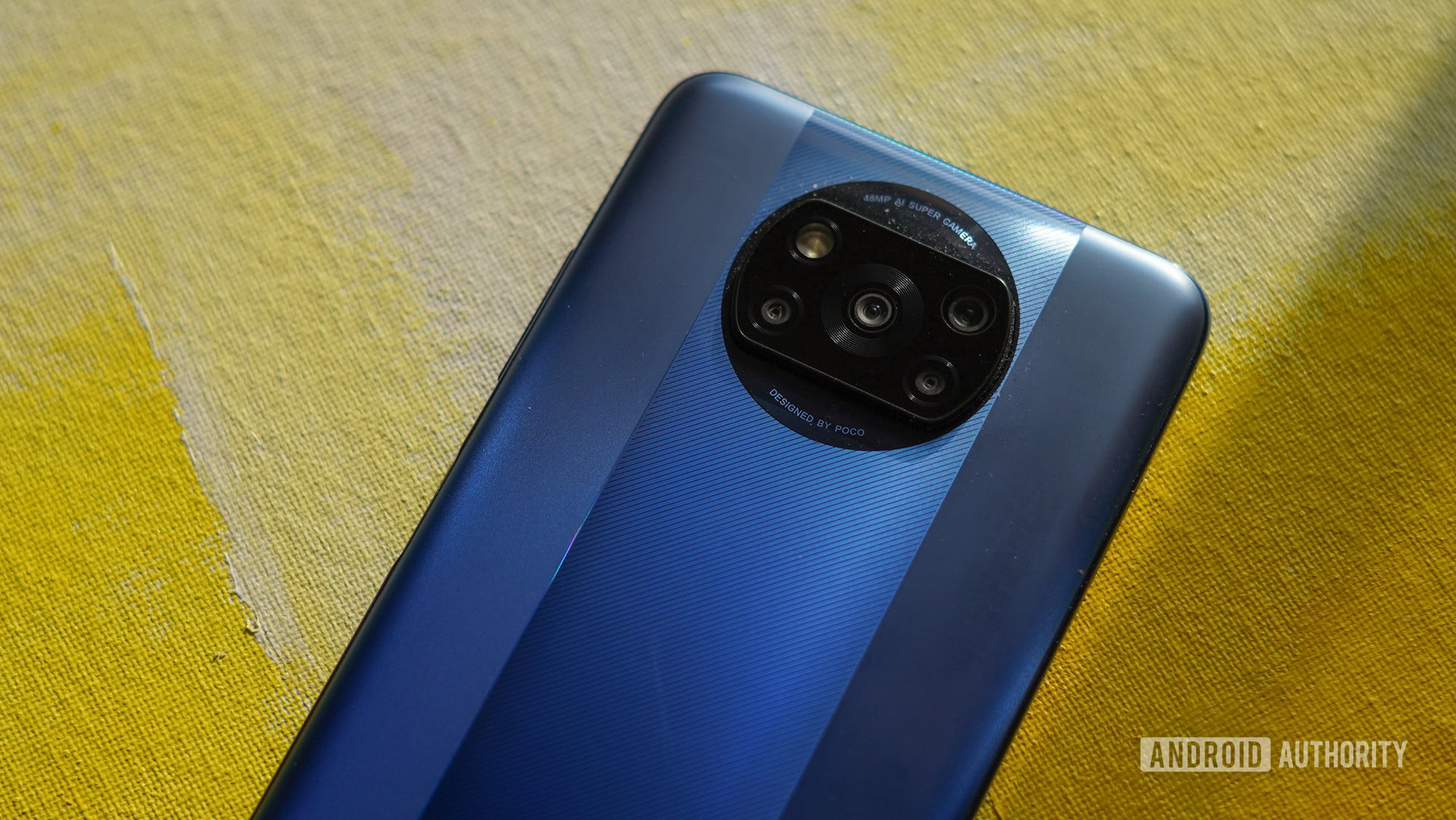
Poco X3 Pro
MSRP:
What we like
What we don't like
Our scores
Poco X3 Pro
Mid-range competition in the smartphone industry is tough, and it’s not easy for any handset to stand out. This is an even bigger challenge when you are building upon the legacy of one of the most popular “value flagships” ever.
The POCO X3 Pro is a spiritual successor of sorts to the Pocophone F1 (or POCO F1 in India) — a smartphone that changed the value proposition through its high-end specs at a cutthroat price. However, the landscape has changed quite a bit since the days of the F1, both in terms of market demographics and price of components.
So, is the POCO X3 Pro and its performance focus the way to go in the mid-range segment? That’s what we aim to find out in Android Authority‘s POCO X3 Pro review.
What you need to know about the POCO X3 Pro
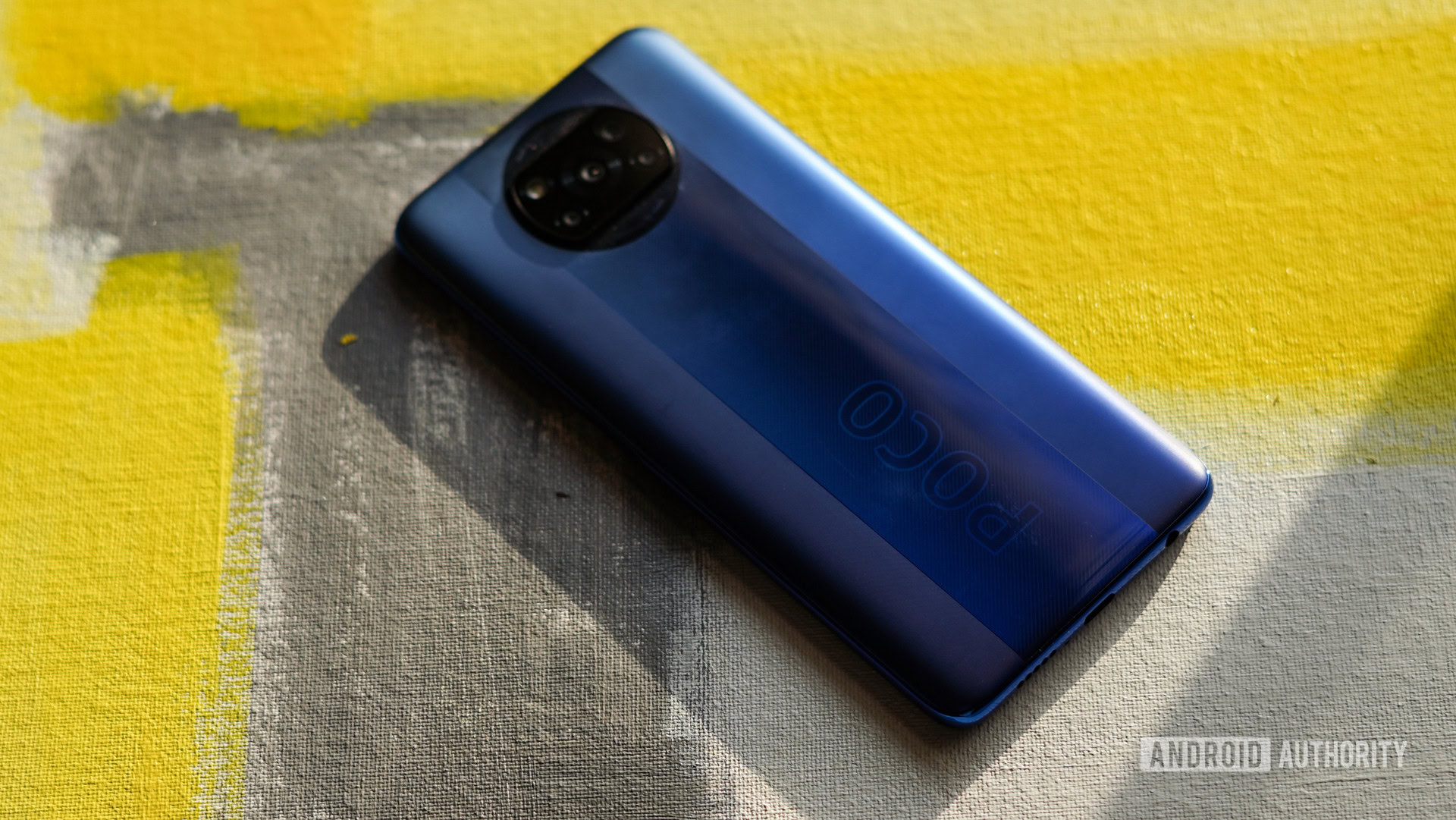
- POCO X3 Pro (6GB/128GB): £229/€269/Rs. 18,999
- POCO X3 Pro (8GB/128GB): Rs. 20,999
- POCO X3 Pro (8GB/256GB): £249/€299
The POCO X3 Pro is available starting at £229, €269, and Rs. 18,999 (~$260) in the UK, Europe, and India, respectively. This puts it squarely in the competitive mid-range segment in India and pushing into entry-level fare in the West. The phone is available in three color variants: Golden Bronze, Graphite Black, and Steel Blue.
In a sea of similar devices, the X3 Pro is laser-focused on performance and there is a noticeable skew in the spec sheet towards that end. The Snapdragon 860 chipset powering the phone gives it a considerable leg-up over other phones in the segment.
Performance upgrades aside, changes between the standard POCO X3 and POCO X3 Pro are minimal. There’s Gorilla Glass 6 at the front this time around, as well as some curious changes in the camera configuration that we’ll address below.
Does the POCO X3 Pro look good?
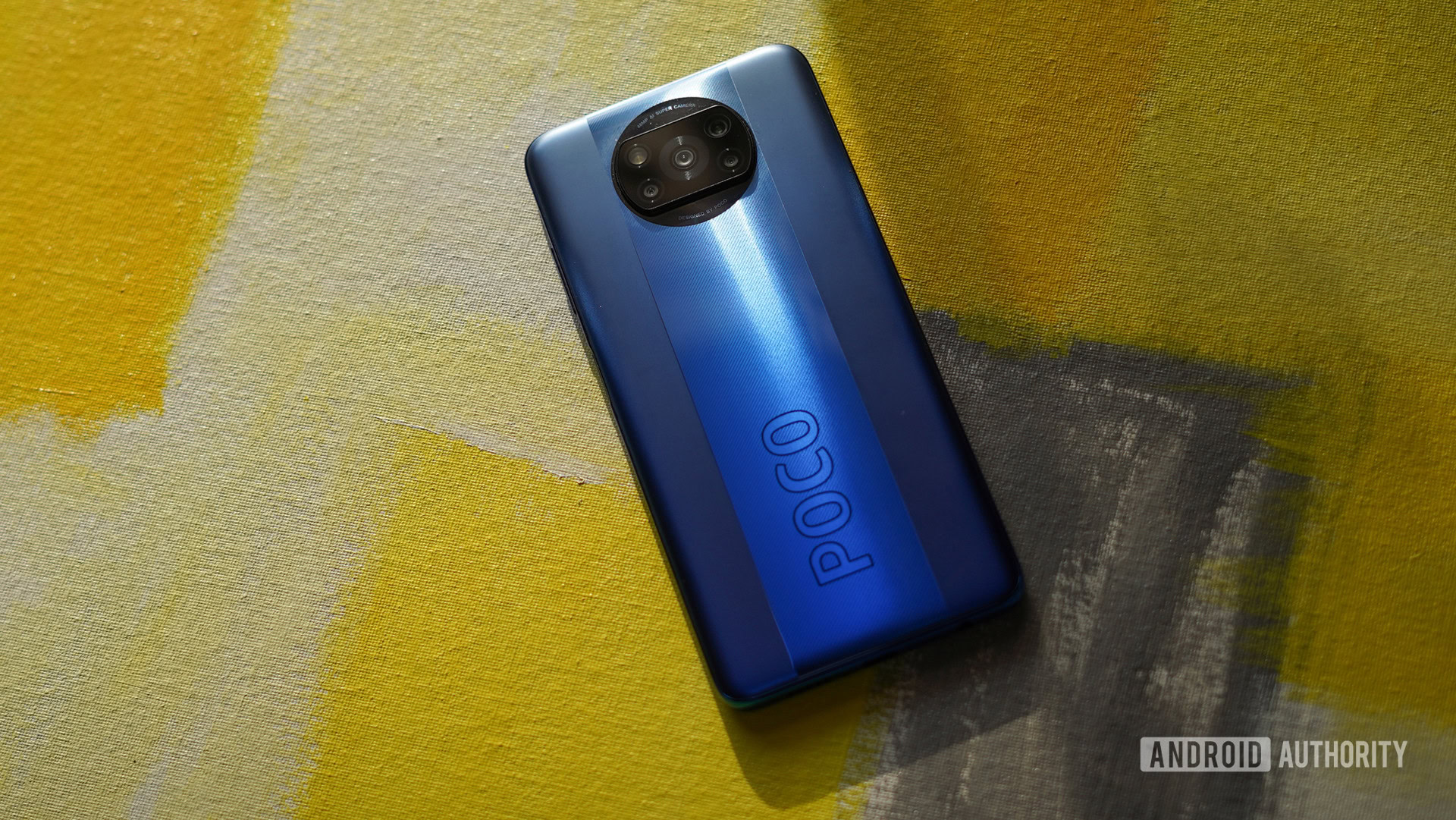
The POCO X3 Pro is, for the most part, a turbo-charged version of the regular POCO X3. As such, the design differences are minimal. The company has managed to slim down the bulky profile of the X3 by 1mm, but you can chalk that down to the smaller battery.
The boldly placed POCO logo at the back is definitely an acquired taste. A fingerprint-prone glossy strip in the middle is flanked by matte racing strips on either side. Up top is a rather large camera module that harkens back to the OnePlus 7T.
You’ll find a volume rocker and power button on the right side of the phone. The former has a slightly spongy feel to it that doesn’t instill confidence. The power button, on the other hand, doubles up as a fingerprint scanner. It’s perfectly responsive in day-to-day use, and it makes for a much better solution than a less reliable in-display fingerprint reader.
The stereo speakers round off the package nicely, while the fingerprint scanner is fast and fluid.
Other notable features include an IR blaster at the top, as is the case with most Xiaomi phones. Along the bottom edge is a USB-C port, a 3.5mm audio jack, as well as stereo speakers. The speakers are well balanced but lack bass. They aren’t the loudest I’ve come across either but they’ll suffice in a pinch.
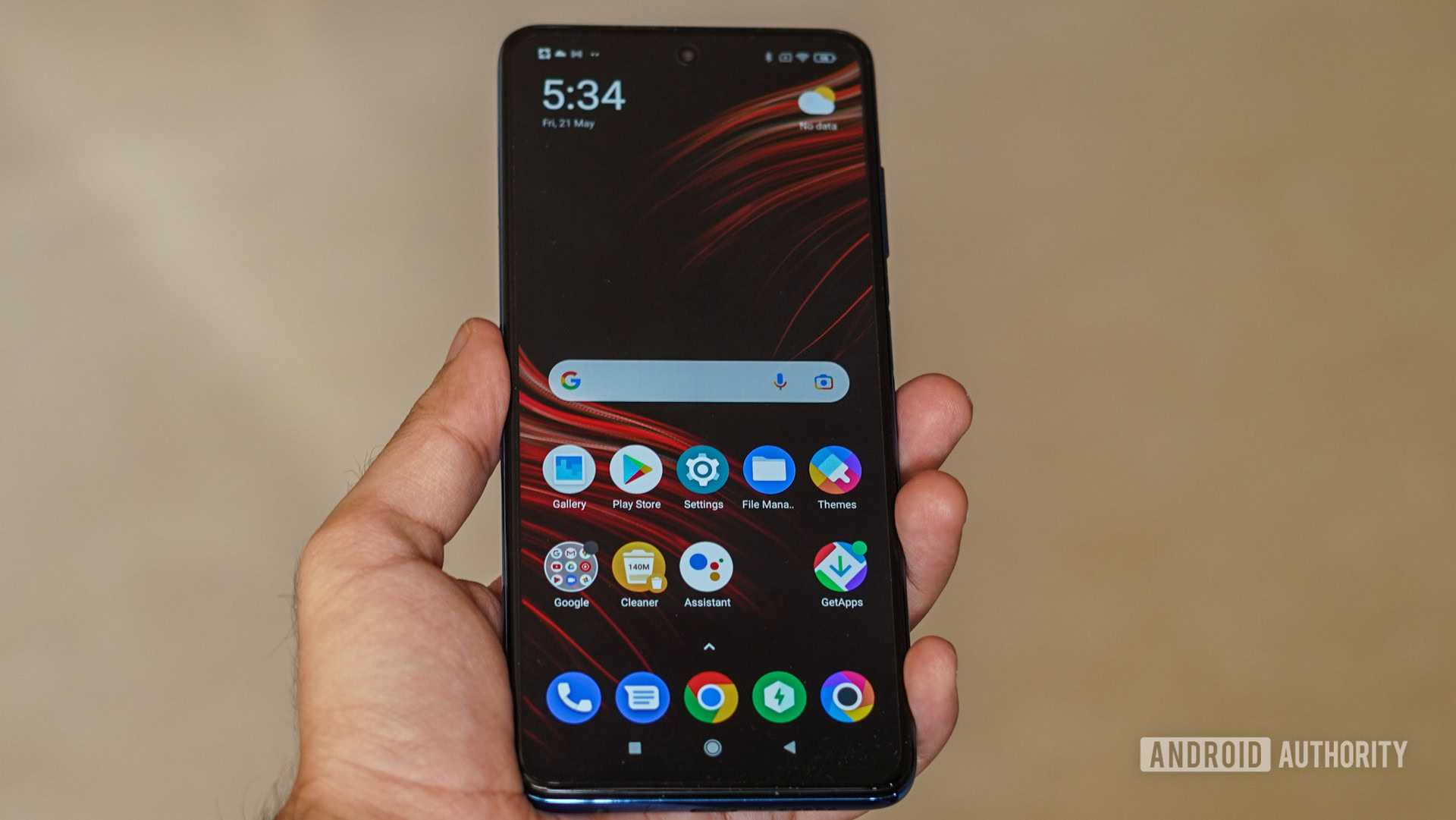
Moving onto the display, the 6.67-inch Full HD 120Hz panel is the same as on the POCO X3. Contrast levels on the panel are fantastic, though I would recommend switching to the standard sRGB color profile for accuracy.
It’s summer here in Delhi, the perfect litmus test for outdoor visibility. Pushed to the max, POCO X3 Pro’s screen is viewable outdoors, but it certainly isn’t an optimal experience. The POCO X3 did better here.
Finally, as you’d expect, black levels certainly aren’t as good as on an OLED display, but unless you watch a lot of video content on your phone, this really shouldn’t bother you.
The POCO X3 Pro's iterative design isn't particularly exciting and fails to stand out.
The adaptive refresh rate goes all the way to 120Hz and scales well across the interface and apps. For better battery life, you can lock it down to 60Hz.
Overall, the POCO X3 Pro isn’t particularly exciting. It’s an iterative build on top of the standard POCO X3 with few if any quality-of-life improvements. Sure, you get Gorilla Glass 6 over Gorilla Glass 5 on the X3, and the phone is slimmer, but that’s not nearly enough to make a lasting impression.
Does the POCO X3 Pro have good cameras?
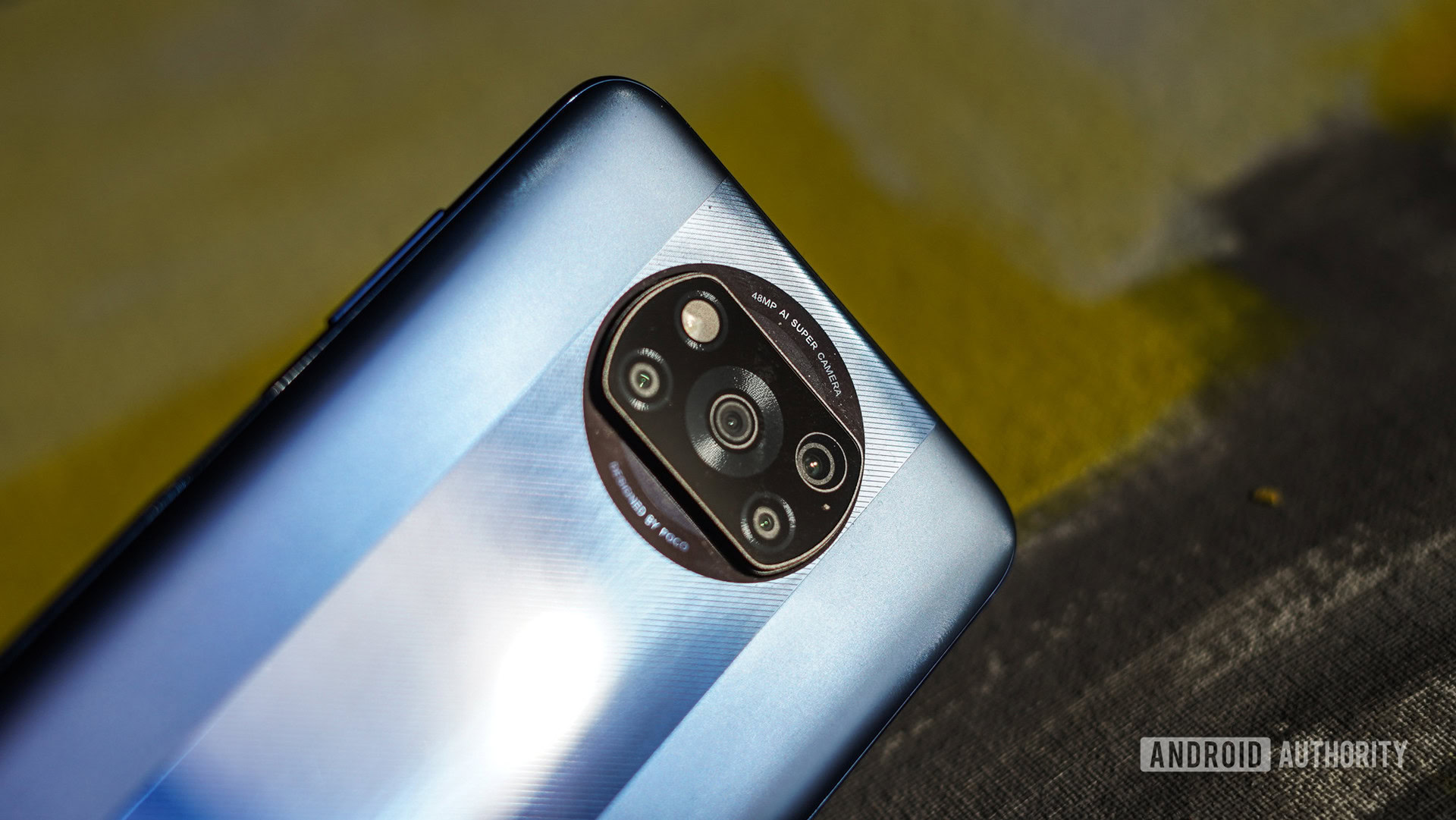
Here’s where things get interesting. Despite the moniker, the camera setup on the POCO X3 Pro is a noticeable downgrade over the POCO X3. Both the primary and ultra-wide sensors have been bumped down to 48MP and 8MP respectively, from the 64MP and 13MP sensors on the regular X3. While there might be some cost savings on Xiaomi’s end by switching to the much more common 48MP shooter, it doesn’t make a huge difference in the end results.
In fact, I found them in line with those from the POCO X3. Results still aren’t the most consistent. The lower resolution ultra-wide sensor also means you won’t have much headroom to crop and edit images.

Calibration is skewed towards oversaturation across the board, though photos do look nice enough for social media. The boosted colors are particularly noticeable in blues and reds. The default processing pushes sharpness and contrast levels a bit too much for my taste.
The 8MP ultra-wide camera has a similar color imbalance. Additionally, the lower resolution doesn’t leave you as much room to crop in.
Low-light and indoor imaging are the few areas where the POCO X3 Pro cameras do pretty well. There’s a good amount of control over noise, though the strong digital noise reduction is visible upon close inspection. The over-sharpening noticed in daylight shots is even more evident here.
Over on the front-facing camera, the 20MP sensor is capable enough, but the processing is a major letdown. Contrast levels are boosted to unnatural levels, and there is very significant sharpening and skin retouching. Elsewhere, the macro camera is functional but its 2MP resolution won’t let you do much with the images. Video recording tops off at 4K, 30fps. The quality is decent enough though the telltale signs of oversharpening persist.
Given the sheer amount of competition in the segment, POCO really should’ve focused a bit more on imaging rather than just diving deep into performance.
How’s the battery life?
Like the standard POCO X3, the POCO X3 Pro amazes with its battery life. Despite the more powerful processor and smaller battery, it shines when it comes to efficiency thanks to Xiaomi’s traditionally strong optimization. The 5,160mAh cell lasts a full day and more with ease. I regularly clocked over six hours of screen-on time from the phone with near-constant music streaming, a number of phone calls, text messages, and emails. With frugal use, you can easily expect two days of use from the phone.
The POCO X3 Pro lags behind in peak charging speeds, but the long battery life ensures you don't have to plug it in too often.
When it comes time to charge the phone, the X3 Pro falters a bit. 33W isn’t nearly best in class, and it takes almost an hour to fully charge the phone. The realme X7, in comparison, offers 50W charging. As you’d expect for the price, there’s no wireless charging support.
Is the performance any good?
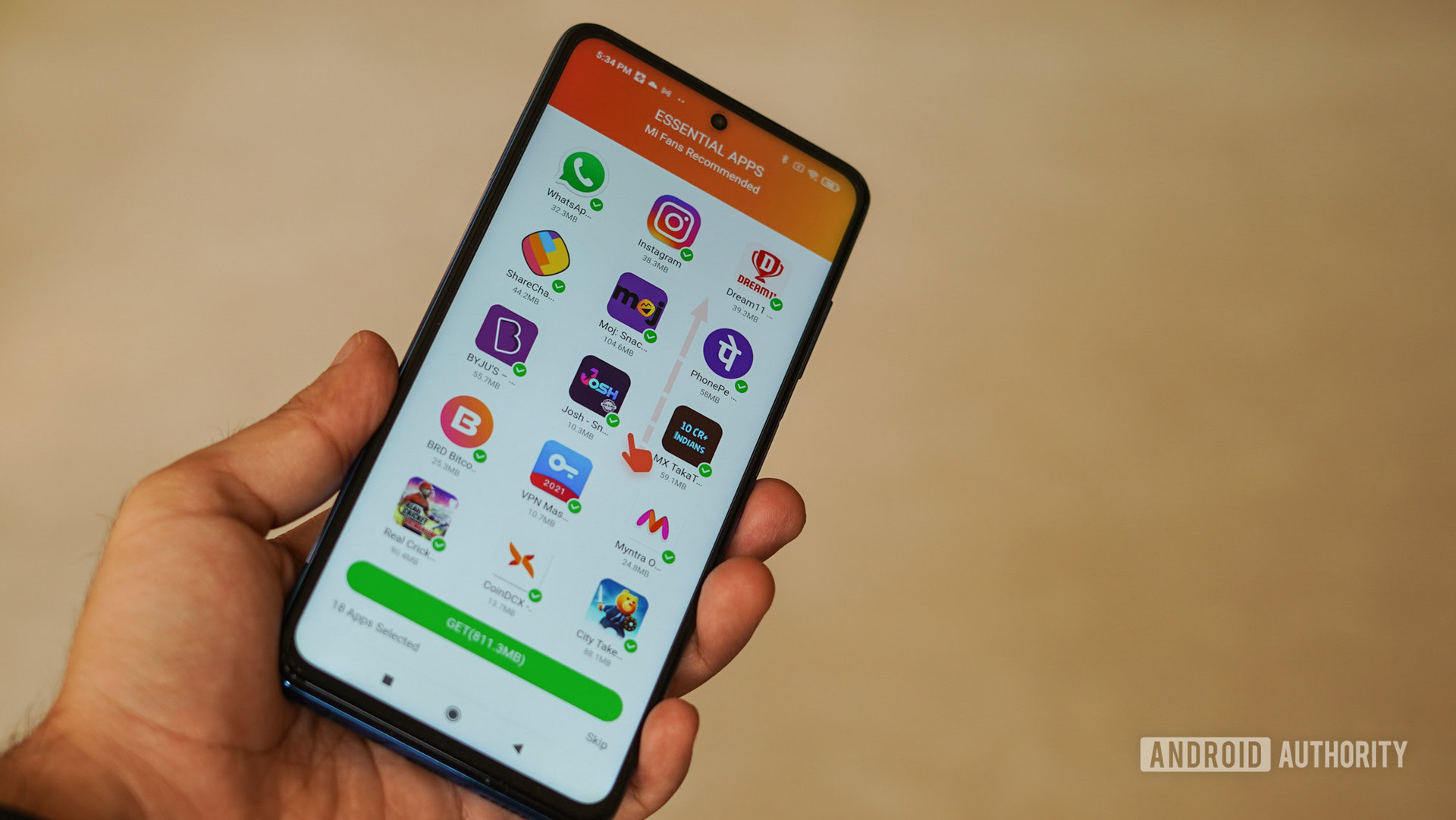
Despite being positioned as a semi-successor to the POCOphone F1 in some regions, the POCO X3 Pro isn’t packing the absolute best processor on the market. Instead, it bows to the realities of the current market by focusing on value, while still delivering on the promise of power. The Snapdragon 860 might not be the best in the business, but it is still a very powerful processor. A reheated version of the Snapdragon 855 Plus, the 7nm chipset has the exact same core configuration and graphics chip as the 855 Plus. It remains just as capable today.
It's not quite a flagship, but the Snapdragon 860 gives you a lot of grunt for your money.
The interface is well optimized for the hardware, and the phone remained silky smooth throughout my time with it. The phone also excels at gaming with top titles like Call of Duty: Mobile running just fine with settings cranked up to the max. Genshin Impact runs well too, though you’ll have to turn down the resolution and some of the effects to get a solid 60fps. The phone didn’t heat up excessively in my experience.
Anything else?
- MIUI: The POCO X3 Pro ships with MIUI 12.0.4 onboard with POCO Launcher slapped on top. While the phone eschews ads in India (your mileage may vary in other regions), that doesn’t mean there’s no bloat. I can excuse some additions like Facebook and Amazon, but additions like GetApps with its full-screen takeovers are problematic.
- Updates: POCO has a mixed record with updates. The company has a slower cadence for updates, even though it delivers on its promise of two major update cycles.
- 5G support: The POCO X3 Pro ships without 5G support which is a rather big miss. While networks are yet to roll out in India, it is particularly important for global markets where 5G rollouts are well on the way.
- IP53 rating: Not many affordable smartphones include an IP rating, so it is nice to see here. It’s not a full-blown IP67 rating for complete protection from dust and water, but the phone should survive dusty environments or a mild drizzle.
POCO X3 Pro specs
| POCO X3 Pro | |
|---|---|
Display | 6.67-inch LCD FHD+ 120Hz refresh rate 240Hz touch sampling rate HDR10 Gorilla Glass 6 |
Processor | Qualcomm Snapdragon 860 |
GPU | Adreno 640 |
RAM | Min: 6GB LPDDR4X Max: 8GB LPDDR4X |
Storage | Min: 128GB UFS 3.1 Min: 256GB UFS 3.1 microSD card support (up to 1TB) |
Power | 5,160mAh battery 33W fast wired charging In-box 33W charger No wireless charging |
Cameras | Rear: 1) 48MP main 1/2-inch sensor, 1.6μm, ƒ/1.79 Auto-focus 2) 8MP ultra-wide 119-degree FoV, ƒ/2.2 3) 2MP macro Fixed focus (4cm), ƒ/2.4 4) 2MP depth sensor Fixed focus, ƒ/2.4 Front: 1) 20MP, ƒ/2.2 |
Audio | Dual speakers 3.5mm headphone jack |
Connectivity | USB-C Dual-SIM or Single SIM+microSD Wi-Fi 5 Bluetooth 5.0 NFC support IR blaster |
Bands | 2G: GSM: 850, 900, 1,800, 1,900MHz 3G: WCDMA: 1/2/4/5/8 4G: LTE FDD: 1/2/3/4/5/7/8/20/28 4G: LTE TDD: 38/40/41 (2,535 - 2,655MHz) |
Security | Side-mounted fingerprint sensor Face unlock (insecure) IP53 Rating |
Software | Android 11 MIUI 12 for POCO |
Dimensions and weight | 165.3 x 76.8 x 9.4mm 215g |
Colors | Phantom Black, Frost Blue, Metal Bronze |
Value and competition
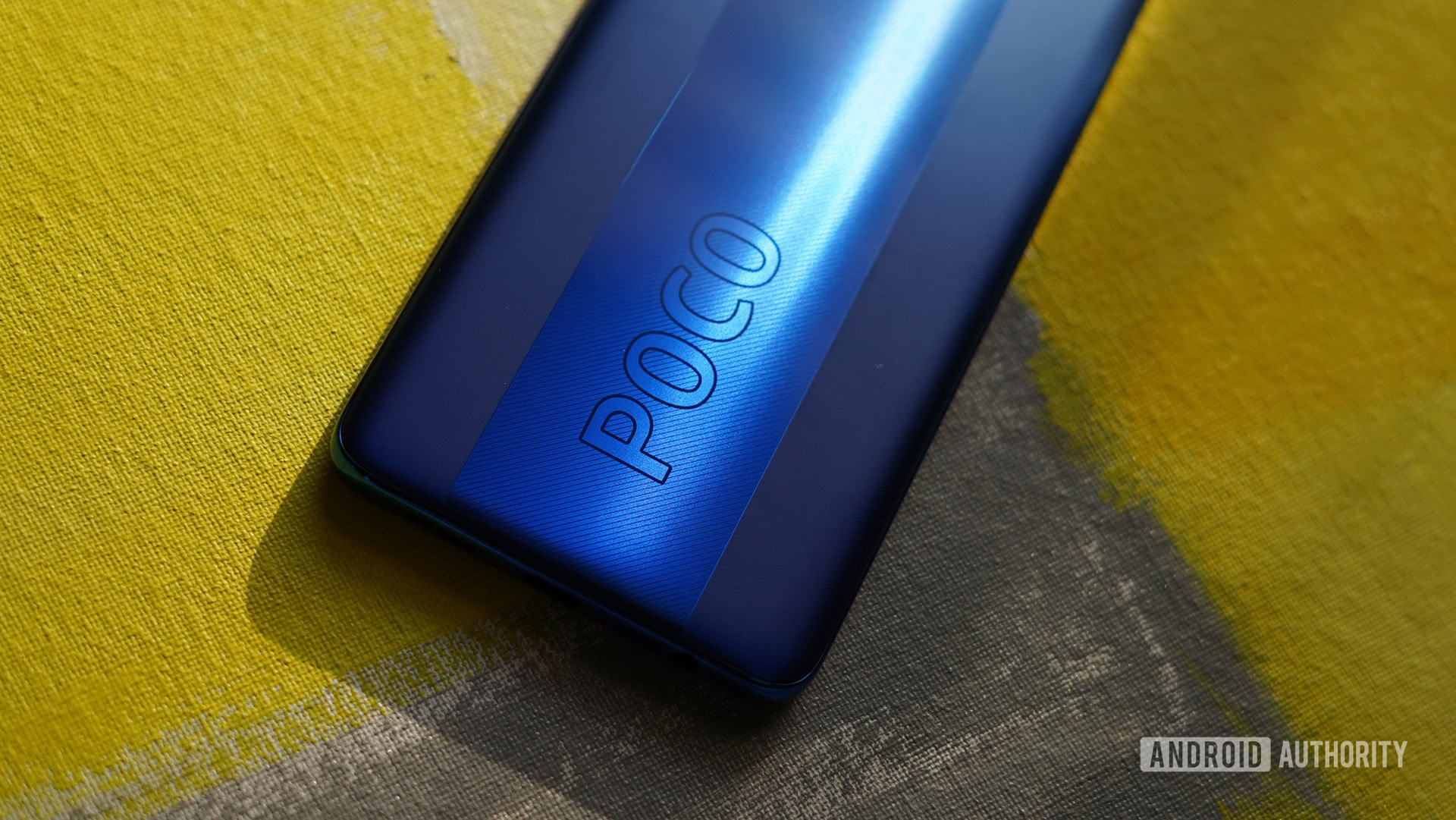
The POCO X3 Pro is competing in a crowded category with many high-quality options. While most alternatives will miss out on the sheer power of the POCO X3 Pro, they offer well-rounded packages that might be worth looking at. Aimed at a specific niche that is focused entirely on performance, the POCO X3 Pro is an appealing option. But if you’re not an avid smartphone gamer, there’s better value to be had in phones that take a more multi-faceted approach.
Perhaps the most obvious alternatives come from stablemate Xiaomi. The Redmi Note 10 Pro (or Redmi Note 10 Pro Max in India) (£249/Rs 18,999) does not offer as much raw power, but it has a more balanced spec sheet focused on day-to-day essentials like design and good cameras.
There’s also the Mi 10i, another excellent phone from Xiaomi for buyers in India. This one, like the Redmi Note 10 Pro Max, brings an excellent 108MP camera, as well as a Snapdragon 750G chipset for a bit more grunt under the hood. The Mi 10i is priced starting at Rs. 20,999 (~$288).
Related: The best phones under £300 in the UK | The best phones under 20,000 rupees in India
POCO itself offers a true POCOphone F1 successor in Europe: the POCO F3. While we encountered some lamentable software issues in our testing, there’s no denying that the POCO F3 is an affordable powerhouse thanks to its Snapdragon 870 chipset and £329/€349 price tag.
Look a bit further and you’ll see competition from realme. The realme 8 Pro‘s Snapdragon 720G chipset might not impress, but the 108MP camera will. The design is also fetching, and the phone includes 50W charging support. The realme 8 Pro is priced starting at £279/Rs. 17,999 (~$247).
Western buyers with an eye for great photos should also consider stretching to the Google Pixel 4a which now sits at just below the £300 mark in the UK, or €329 across the rest of Europe.
POCO X3 Pro review: The verdict

The POCO X3 Pro is a lot of things, but it’s not an all-rounder. The focus here was clearly on performance, at the cost of everything else. If you need a lot of grunt in your daily use, the POCO X3 Pro is perhaps the best option in the category. However, for a more standard workload — think music streaming, taking photographs, or texting — a more well-rounded option like the Redmi Note 10 Pro would be a better bet for most.
The POCO X3 Pro's laser focus on performance comes at a cost.
For that big-league chipset, POCO has sacrificed essentials like a superlative camera, a high-quality AMOLED display, and to a degree, the design. It’s not a bad phone, but rather a niche phone that’ll appeal to frugal gamers, or those who want to pack processing heat on a budget.